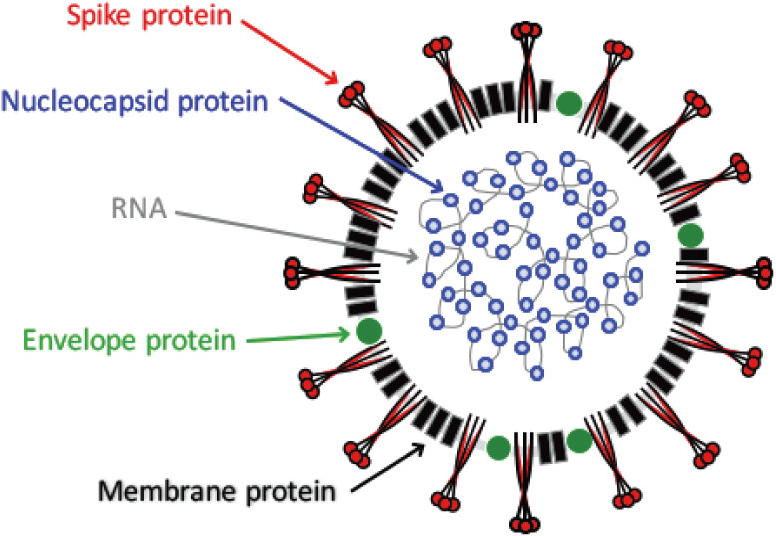How Do I Know If My Cat Has FIP?: Feline Infectious Peritonitis (FIP)

What Is FIP?
- What is Feline Infectious Peritinitis (FIP)?
- (Cornell University)
- Overview of Feline Infectious Peritinitis (FIP)
- (Merk Manual)
- Diagnosis of Feline Infectious Peritonitis (FIP)
- (National Laboratory of Medicine)
- Diagnostic Tests Available For Diagnosing Feline Infectious Peritonitis (FIP)
- (Sage Journals)
- Diagnostic trees to reach a likely diagnosis of FIP
- (European Advisory Board On Cat Diseases)
- Cat FIP Website
- Feline Infectious Peritonitis: A Review and Update
- Are FeLV+ Cats more likely to develop FIP?
- (SOCK – Pederson)
- “…We know that FeLV infection induces a type of immunosuppression that is conducive to the development of FIP….”
–Pederson
- “…We know that FeLV infection induces a type of immunosuppression that is conducive to the development of FIP….”
- (SOCK – Pederson)
What Are The Signs of FIP?
- FIP Signs – (Sock FIP)
- FIP Causes, Symptoms & Treatment
How Do I Know If My Cat Has FIP?
FIP_diagnostic_tool_Dec21Because FIP can be a very fast killer, one quick way to move toward a confirmed FIP diagnosis or to eliminate FIP as a potential cause of the observed symptoms, is to immediately administer GS diagnostically. Because GS only works on FIP, if FIP is present, you may see improvement in 24 to 48 hours. If FIP is not the cause of the symptoms, then no harm is caused by administering it.
Testing For FIP
- FIP Testing Overview – VCA Animal Hospitals
- Detecting FIP gene mutations – (2019)
Auburn University FIP Testing
auburn-university-FIP-virus-testing auburn-university-FIP-virus-testing-submission-form
IDEXX FIP Testing
idexx-feline-infectious-peritonitis-virus
FIP Bullet Points
- There has been no completely reliable FIP test available to run on living cats; however,
- IDEXX and Auburn University have recently begun offering tests (above) claimed to be reliable for diagnosing FIP
- The definitive diagnosis of FIP relies on consistent histopathological changes in affected tissues and this, together with FCoV antigen immunostaining, is considered the gold standard for diagnosis.
- If an effusion is present, sampling the effusion is the single most useful diagnostic step because tests on effusions have a higher diagnostic value compared to those on blood samples
- Aqueous humour analysis can be helpful to diagnose FIP in cats with ocular signs.
- FIP occurs most often in young cats under two years of age
- Early signs of FIP can vary but often include a rising and falling fever, loss of appetite, and energy loss
- FIP is the most common cause of abdominal effusion in cats < 2 years of age.
- an increase in total serum protein concentration caused by increased globulins, mainly γ-globulins
Searched Google For: Feline FIP diagnosis

One Comment
Diarrhea and/or loss of appetite as an early FIP warning?
FIP is not necessarily related in any way to diarrhea, but I am suggesting that in diarrhea cases that defy conclusive diagnosis of a cause, then considering FIP may be warranted, especially since a drug with 80%+ cure rate has been discovered for it.
FIP is the poster child for odd and unusual symptoms and conditions. It is a variant of the benign (FEVC) biotype which mutates into the fatal (FIPV) biotype. Feline Coronavirus (FECV) is a common enteric virus in cats and in some cats, it mutates into the FIPV virus which hijacks the cat’s immune system, then uses it to spread the virus throughout the host. Given FIP’s transmission behavior it can cause issues in any organ or system in a host.
I submit that because FIP is enteric, then intestinal and stomach issues could potentially be the 1st indicators. A compromised digestive system means loss of appetite, vomiting, diarrhea, and loss of energy. These symptoms are likely when a cat’s nutrient system is compromised. If it cannot eat and properly digest, then it cannot survive.
Many cat owner’s who have administered GS (including my first-hand experience) report an almost immediate return of appetite and energy increase in their cats. I suggest that this common report “may” further indicate the stomach and intestinal vectors as crucial for consideration if they are serving as an early warning (if heeded and diligently explored) that might result in treatment beginning before other organs and systems are compromised.
Because FIP is notoriously hard to diagnose conclusively, I merely suggest considering it as a potential cause for symptoms defying straightforward diagnosis. There are a few new tests that claim reliability in distinguishing the benign (FEVC) biotype from the fatal (FIPV) biotype.